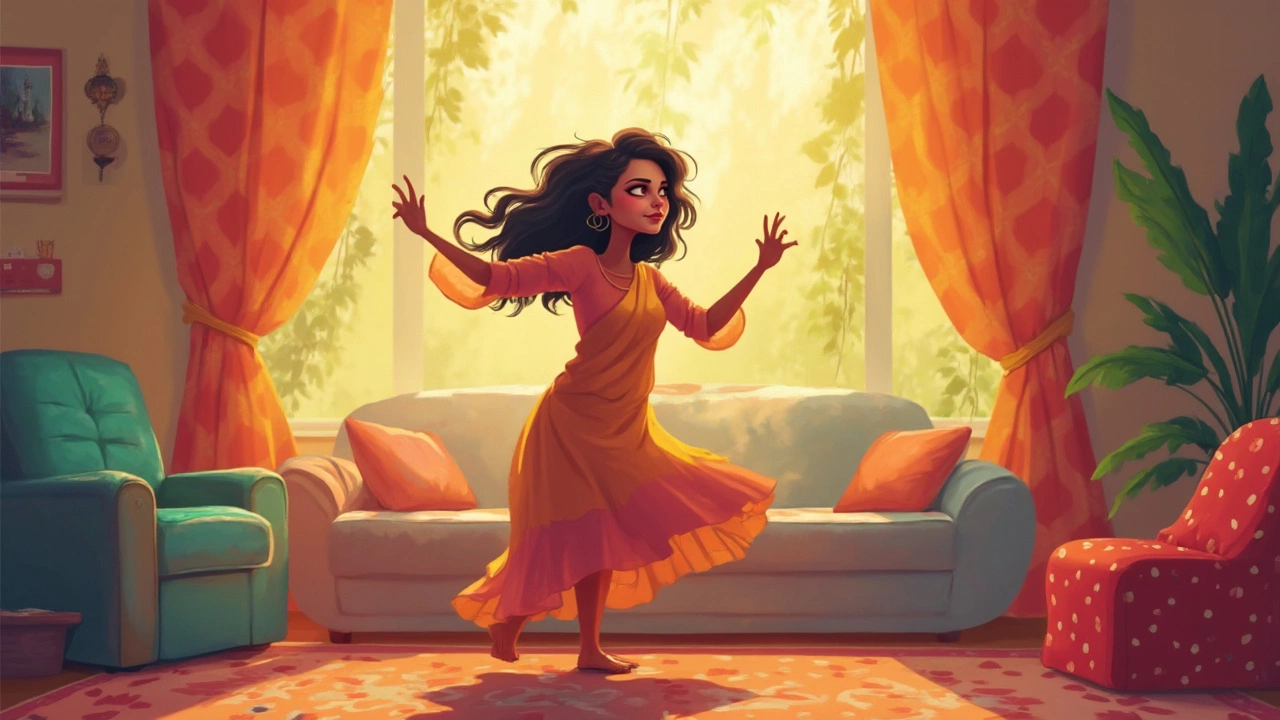Neurodiversity: Understanding and Embracing Different Minds
Ever heard the word neurodiversity and wondered what it actually means? It’s just a way of saying that brains work in many different ways, and that’s perfectly okay. People who are autistic, have ADHD, dyslexia, or other neurological differences are part of this bigger picture. Instead of labeling them as ‘disordered’, neurodiversity treats these variations as natural and valuable.
What neurodiversity really means
Think of a garden with many kinds of flowers. Each one adds colour, scent, and texture. In the same way, neurodiverse brains bring unique strengths – creativity, pattern‑spotting, hyper‑focus, and fresh problem‑solving. The idea started with autistic activists who wanted society to see their traits as strengths, not just challenges. When we talk about neurodiversity we’re talking about acceptance, not fixing.
How to support neurodiverse people in everyday life
Supporting someone doesn’t require a big overhaul – just a few simple habits. First, clear communication helps a lot. Use plain language, give instructions in small steps, and check that the person understood. Second, create flexible environments. For example, let someone use headphones if background noise is distracting, or allow movement breaks if sitting still is hard.
Third, focus on strengths. Ask what the person enjoys or excels at and give them chances to use those skills. A neurodiverse student might love building models – let them incorporate that into a project. Fourth, avoid assumptions. Not every autistic person hates eye contact, and not every person with ADHD is disorganized. Ask, listen, and adjust.
In Indian settings, family and community play a big role. Respectful conversations about neurodiversity can start at home. Share simple facts with relatives: “Did you know that many famous inventors think in patterns that look like dyslexia?” When schools or workplaces include neurodiversity training, it becomes easier for everyone to work together without awkward moments.
Lastly, remember that language matters. Words like “suffering from” or “disorder” can feel negative. Try “living with autism” or “having ADHD”. Small changes in phrasing can make a person feel seen and respected.
By treating neurodiversity as a natural part of human variation, we open doors for fresh ideas and richer collaborations. Whether you’re a parent, teacher, coworker, or just a friend, these easy steps can help you create a more inclusive world. So next time you meet someone who thinks a bit differently, smile, listen, and appreciate the unique view they bring.
